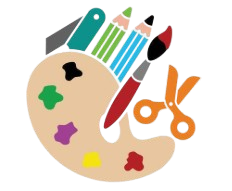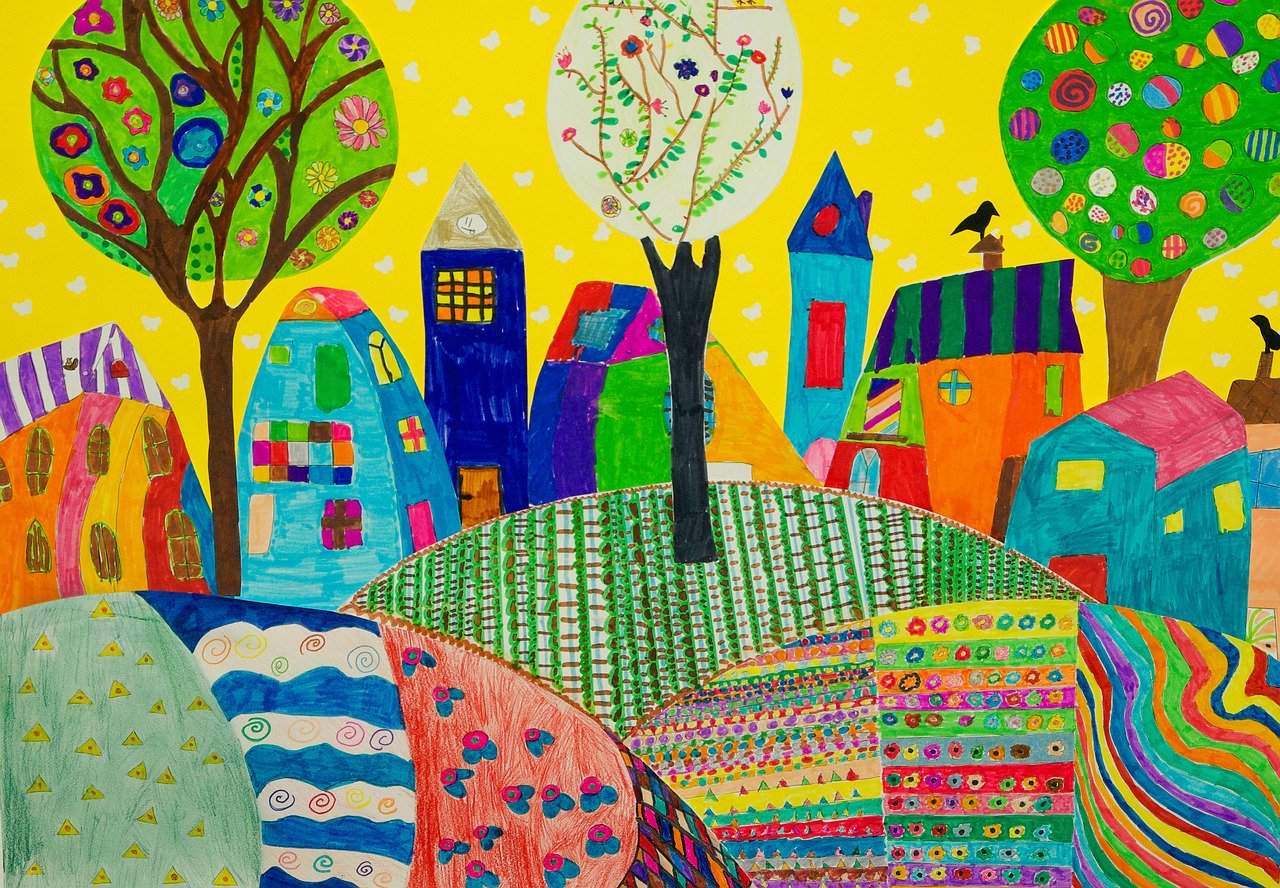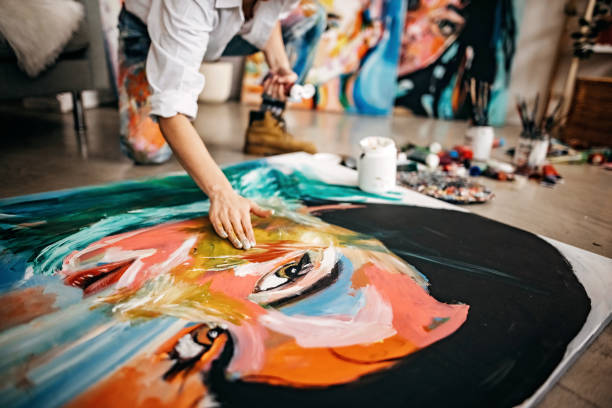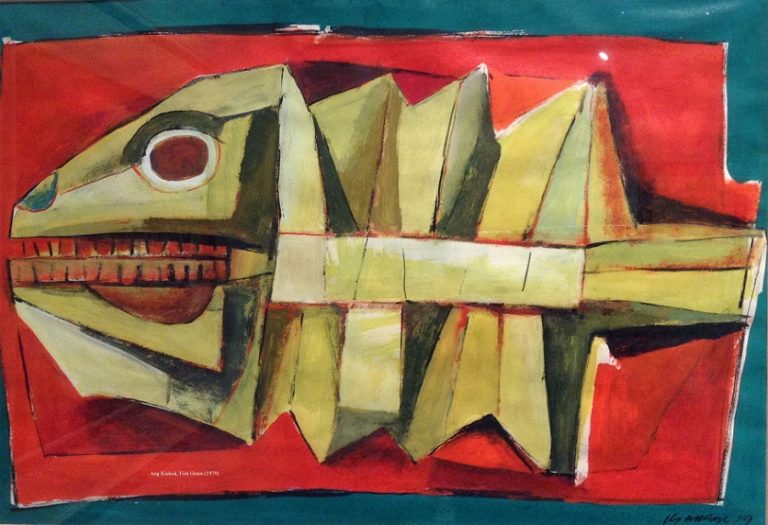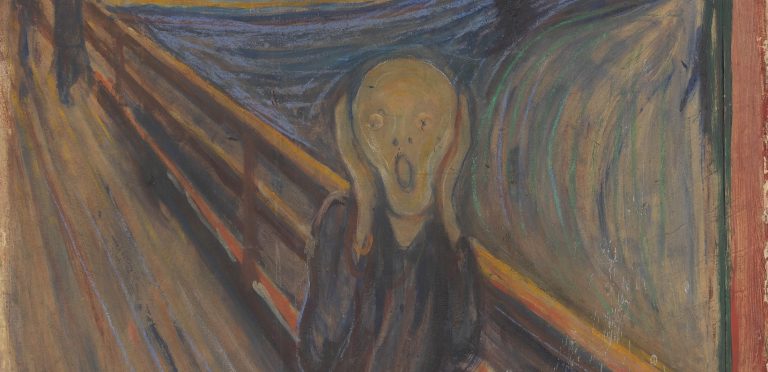Unleashing Creativity: Interesting Home Art Projects for Children
It is more important than ever to give kids opportunities for creative, hands-on expression in a world where screens are taking over. In addition to encouraging creativity and problem-solving abilities, art offers a fantastic platform for emotional growth and self-expression. Unleashing a child’s inner artist doesn’t require costly supplies or complex setups, which is the beauty of at-home art activities. A few simple supplies and a little creativity will allow you to turn your house into a creative haven where the possibilities are endless.
One of the most foundational and versatile art forms for children is drawing and coloring. Beyond simply providing crayons and paper, encourage exploration with different mediums. Try charcoal sticks for dramatic, smudgy effects, or pastels for vibrant, blendable colors. Introduce the concept of “blind contour drawing,” where children draw an object without looking at their paper, focusing solely on the edges and shapes. This trains observation skills and can produce surprisingly expressive results. For a mess-free option, set up a dry-erase board for endless doodling and quick erasures, or use a large roll of butcher paper to create collaborative murals that can stretch across a floor or wall.
Painting offers a sensory-rich experience that many children adore. Move beyond traditional watercolors and tempera. Experiment with finger painting using washable paints, allowing for direct tactile engagement. Create your own homemade puffy paint by mixing equal parts white glue and shaving cream, adding a few drops of food coloring for vibrant hues; it dries with a fantastic 3D texture. For an interesting twist, try bubble painting by adding liquid watercolors to bubble solution and having kids blow bubbles onto paper for unique, circular patterns. Don’t forget nature painting, using found objects like leaves, twigs, or even pinecones as brushes or stamps.
Sculpting and 3D art provide an excellent opportunity to develop fine motor skills and spatial reasoning. Playdough is a timeless favorite, but you can elevate the experience by providing cookie cutters, garlic presses, and even natural elements like small pebbles or twigs for embellishment. Try making salt dough (flour, salt, water) which can be baked and painted afterward, creating permanent keepsakes. For a truly imaginative project, use recycled materials like cardboard tubes, cereal boxes, plastic bottles, and bottle caps to construct robots, fantastical creatures, or miniature cities. Provide tape, glue, scissors, and a variety of colorful scraps, and watch their architectural ambitions take shape.
Collage is a fantastic way to encourage storytelling and composition. Gather old magazines, newspapers, fabric scraps, yarn, buttons, and even dried pasta or beans. Provide a glue stick or liquid glue and a piece of cardboard or heavy paper as the base. Encourage children to cut out images that tell a story, create abstract designs, or explore different textures. This activity also helps develop cutting skills and the ability to arrange disparate elements into a cohesive whole.
Finally, remember that the most important aspect of any art activity is the process, not necessarily the finished product. Encourage experimentation, celebrate unique interpretations, and provide a supportive, non-judgmental environment. Clear a designated art space, even if it’s just a corner of a table, and have supplies readily accessible. By making art a regular and enjoyable part of your home routine, you’re not just fostering creativity; you’re nurturing confidence, resilience, and a lifelong appreciation for the beauty of expression.
